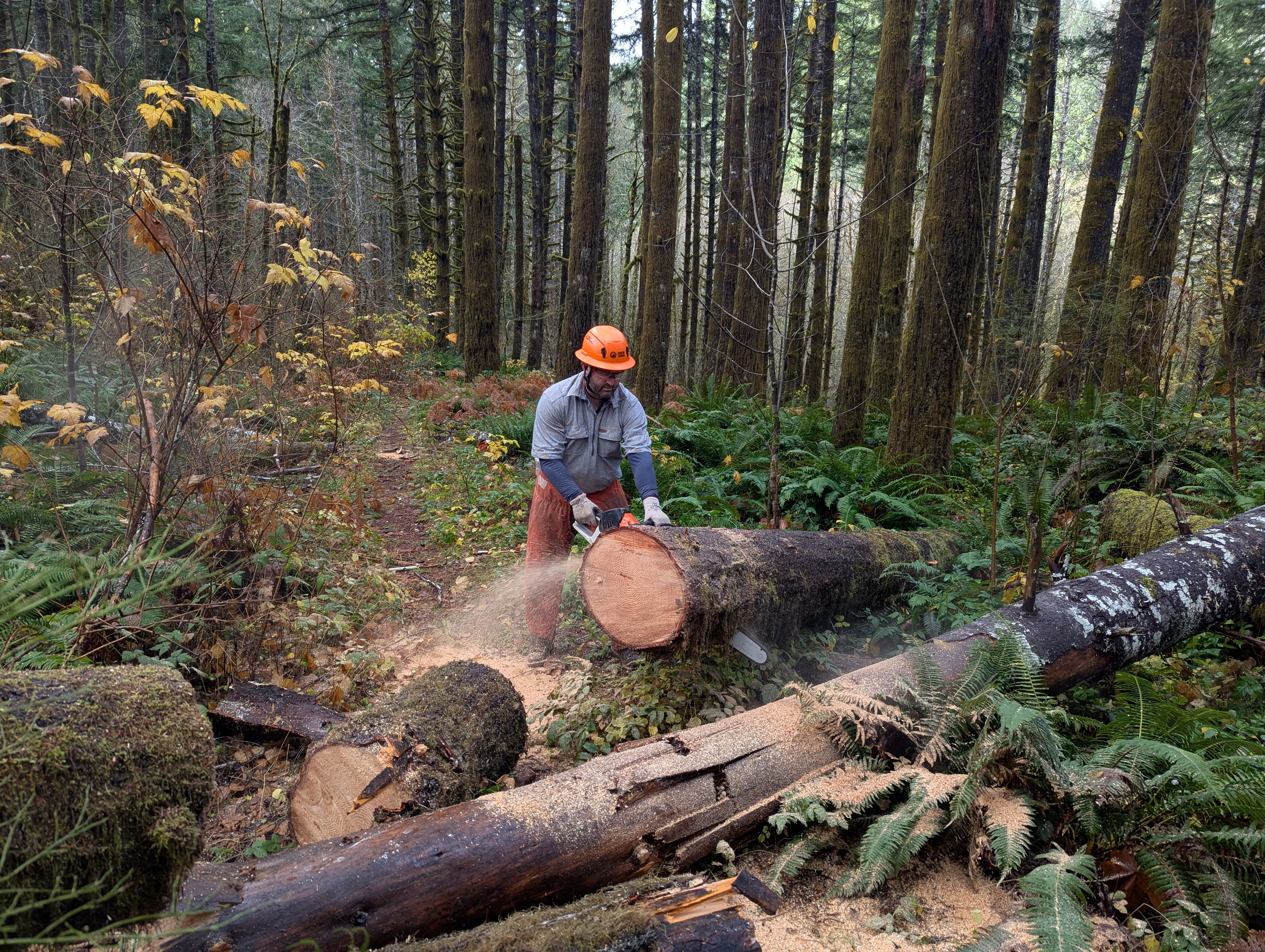Gov. Kotek Proclaims April To Be Oregon Arbor Month (Photo) -03/31/25
SALEM, Ore. – Governor Tina Kotek has proclaimed April 2025 to be Oregon Arbor Month throughout the state. This year’s proclamation recognizes the importance to neighborhoods of urban trees as cities add housing and rapidly densify.
The proclamation states that “Trees play an integral role in fostering healthy communities,” adding that urban development and the preservation of trees demands a careful balance.
Governor Kotek said “To protect Oregon’s natural and working lands in the face of the worsening climate crisis, we must build a more resilient future that forges connection across our landscapes, for both rural and urban communities alike. Arbor Month is key to this goal, promoting the preservation and planting of trees across Oregon.”
Her proclamation notes the loss of many trees in Oregon in recent years to wildfire, extreme heat and drought, development pressures and new tree-killing pests, such as emerald ash borer.
Oregon Dept. of Forestry Urban and Community Forestry Program Manager Scott Altenhoff said “Replacing those trees will require us to pick up the pace not only of planting but also of ensuring nurseries have the capacity to grow the numbers and types of trees needed that are resilient to climate change and resistant to serious pests and diseases.”
He added that it is equally important to grow and diversify the workforce in urban forestry.
Altenhoff said there is growing recognition, as cited in the proclamation, that the benefits of tree canopy have been unevenly distributed in the state. “Many low-income areas and those with large populations of people of color have fewer large shade trees than more affluent neighborhoods. Research has shown that having fewer large shade trees in those lower-canopy neighborhoods is strongly associated with increased deaths from heart disease and poor health outcomes.”
As examples, Altenhoff cited studies showing lack of trees can affect everything from having more low-birthweight babies to increased rates of asthma and mental health issues, as well as higher rates of domestic violence and certain crimes.
“We are in a much better position now to help communities increase their canopy, thanks to the Oregon Legislature last biennium providing the first-ever state funding dedicated to support urban forestry so we can help communities have healthy, shade-giving urban forests,” he said.
History of Arbor Month
Oregon Arbor Month grew out of Arbor Day, a one-day tree-planting campaign in Nebraska in 1872. The event spread nationwide and expanded in many states to a week-long celebration of all-things tree related. In Oregon, a few years ago the non-profit Oregon Community Trees lobbied to expand the time devoted to celebrating trees to the entire month.
Read the full text of the proclamation.
# # #




